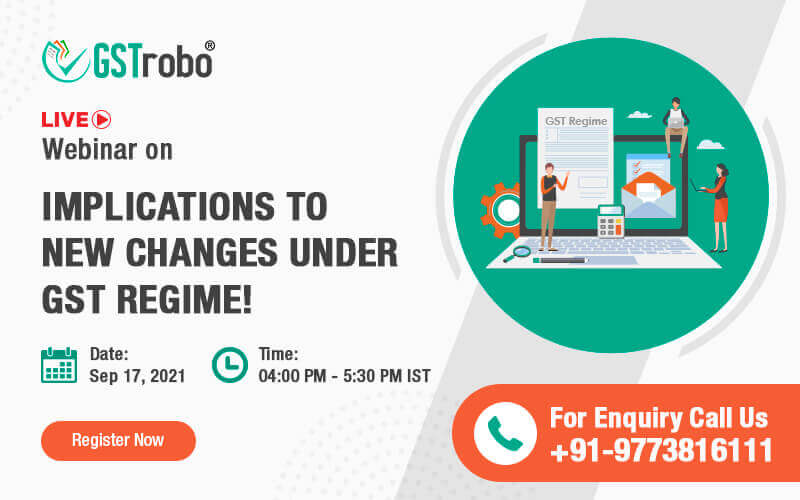All About GST REG-13 Form for UIN Registration
The provisions of granting a Unique Identification Number (UIN) are covered under Section 25(9) read along with Rule 17 of the Central Goods and Services Tax Rules, 2017. The applicant must apply Form GST REG-13 to receive the Unique Identification Number. Under the current article, the provisions are discussed in full.
Persons eligible to apply for a Unique Identification Number
The following individuals can apply for a Unique Identification Number under section 25(9) of the Central Goods and Services Tax Act, 2017:
- Any Multilateral Financial Institution or Organization as defined by the United Nations (Privileges and Immunities) Act of 1947.
- The United Nations Organization’s specialized agencies,
- Foreign country consulates,
- Foreign nations’ embassies, and
- Any other individual/class of person who has been notified.
Why a Unique Identification Number is issued?
The above-mentioned groups of individuals are given a Unique Identification Number because they are eligible for a GST refund on the inward supply of goods or/and services. The Unique Identification Number must be recorded on the tax invoice by the provider, according to the regulation. The designated categories of people will get the eligible refund based on such a tax invoice.
Filling up and submitting GST REG-13 Form
Every designated person needed to provide a Unique Identification Number can electronically submit an application in Form GST REG-13, as per rule 17(1) of the CGST Rules, 2017. Part-A and Part-B of Form GST REG-13 are the two components of the application.
Part-A of GST REG-13 Form
It comprises basic information such as
- The entity’s name;
- Permanent Account Number of entities, if applicable;
- Name of the authorized signatory,
- Permanent Account Number of authorized signatories, if applicable;
- The Authorized Signatory’s E-mail ID; and
- Mobile number of the authorized signatory.
Part-B of GST REG-13 Form
Additional information may be found in Part B, which includes:
- The address of the entity for whom a centralized Unique Identification Number is required;
- Authorized Signatory information that includes:
I. Name,
II. Father’s Name,
III. Date of Birth,
IV. Designation,
V. Mobile Number,
VI. E-mail ID, and
VII. Residential Address.
Bank account information such as
• Account Number,
• Type of Account,
• IFSC,
• Bank Name, and
• Branch Address
The application in Form GST REG-13 should be filed using either DSC or EVC after filling out all of the necessary information. The applicant will receive a 15-digit Unique Identification Number based on the application.
Which returns should a UIN holder file?
To seek a refund of the taxes paid on his inward supply, every UIN holder must file GSTR-11 by the 28th of the following month. Details of such taxable goods or/and services would be included in GSTR-11. As the information will be auto-populated from the seller’s GSTR-1, a UIN holder will not be able to add or alter any details in GSTR-11 (sales).
Due-Date for a UIN holder to obtain a refund on purchases
As previously stated, the UIN holder may only request a refund using GSTR-11. They have six months from the last day of the quarter in which the supply was received to file the return.
Consider the case of a UIN holder who got purchases on October 10th, 2021. The 31st of December 2021 will the last day of the quarter for receiving supplies. The deadline to request a refund is six months later, which will be on June 30, 2022. However, it shall be noted that the reimbursement will lapse after six months.

